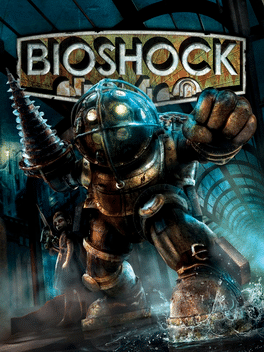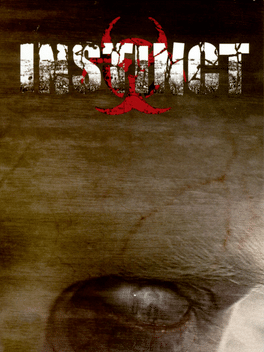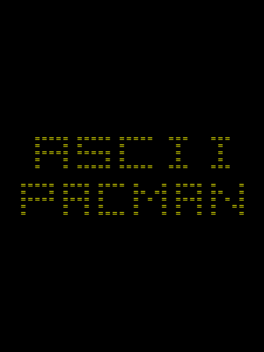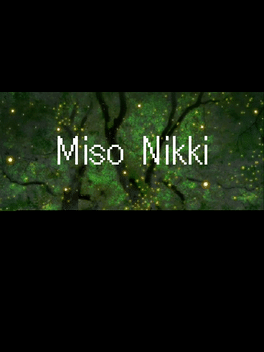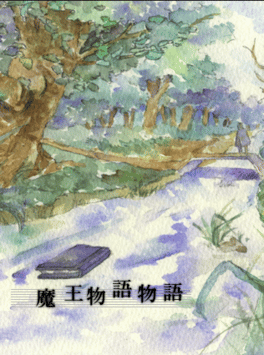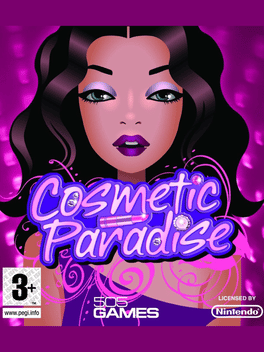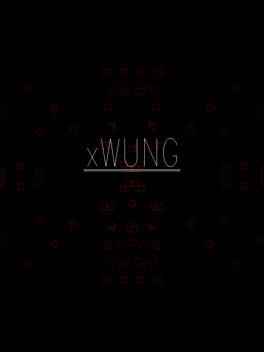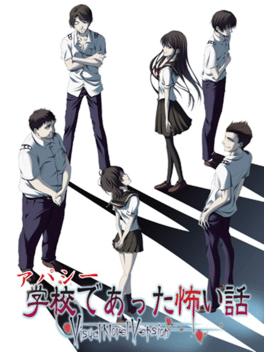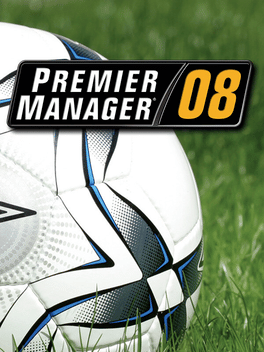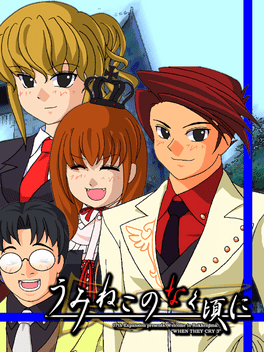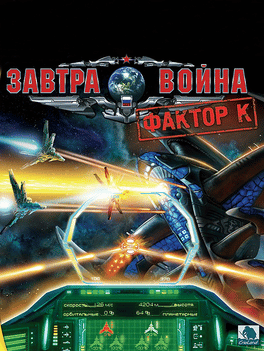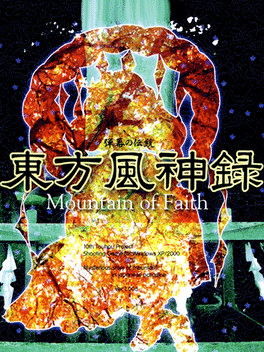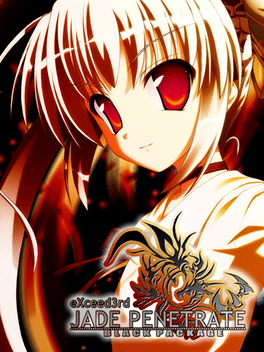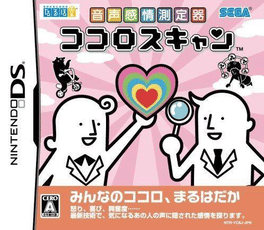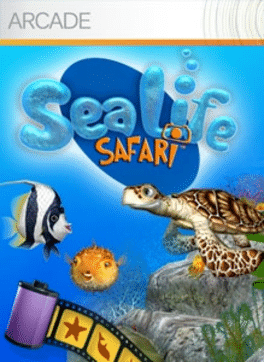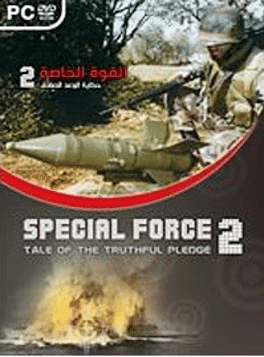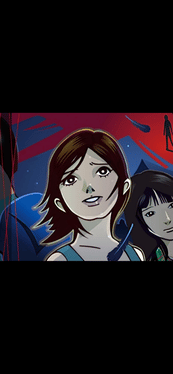New Games - Page 10096
-
BioShock
2007
BioShock
2007
star 8.9BioShock is a horror-themed first-person shooter set in a steampunk underwater dystopia. The player is urged to turn everything into a weapon: biologically modifying their own body with Plasmids, hacking devices and systems, upgrading their weapons, crafting new ammo variants, and experimenting with different battle techniques are all possible. The game is described by the developers as a spiritual successor to their previous PC title System Shock 2. BioShock received high praise in critical reviews for its atmospheric audio and visual quality, absorbing and original plot and its unique gaming experience. -
Instinct
2007
Instinct
2007
Instinct is a story-driven first person shooter inspired by real-life events in a mountainous region of North Korea. An elite U.S. Army unit is stranded on a top-secret Korean military installation. The aftermath of the operation crossed the world news flashes on September 9, 2004. Take the role of one of three playable characters in this first person shooter that delivers horror, action, and drama as you uncover the reasons behind the massive viral infection -
ASCII Pacman
2007
ASCII Pacman
2007
ASCII Pacman is a homebrew Pac-Man game for the DS that is fully displayed in ASCII. -
Nanoha Taiken 2nd Chu
2007
Indie STG also called Nanoha Taiken 2nd Chu and the sequel of Lyrical Nanoha, developed by the doujin circle Musume. This game was released at Comiket 72. -
Miso Nikki
2007
Miso Nikki
2007
Miso Nikki is a Japanese Yume Nikki Fangame developed by an anonymous 2ch member, referencing a meme on the site. You play as Misotsuki and the goal is to collect 6 Miso (orbs) along with effects to see the ending. In this game, effects cannot be held in the inventory and are therefore collected one at a time. -
Demon King Chronicle
2007
Demon King Chronicle
2007
There once was a book called “The Story of the Demon King.” The book had no ending. This is an indie RPG with very few cutscenes, but with a fair amount of freedom and a healthy portion of difficulty. Level up steadily. Focus on attack power and rush at the enemy, ready to die honorably. Play the game the way you want to, and bring this story to an end. -
Cosmetic Paradise
2007
Cosmetic Paradise
2007
You play as the Princess of Charmville, training under Marina and Whimsey to become queen. As part of your training, you must help the people of the town with your makeup skills. In addition to working at Pamper House, you can play 6 different mini-games to gain more charmstones to purchase extra makeup, new hairstyles and clothing for your character. It has a sequel, Cosmetic Paradise: Make no Kiseki, released as Imagine: Makeup Artist in North America as part of Ubisoft's Imagine series. -
Xwung
2007
Xwung
2007
Described by the author as a shmup without the shooting, xWUNG presents a retro playfield straight from the days of early arcades with vector graphics and chippy tweets and bleeps. -
Discarded Stronghold
2007
Discarded Stronghold
2007
EDF base has been overrun by aliens who are now looting the base, searching for information that could jeopardize the existence of mankind. Duke has been sent to investigate the base, or what's left of it, and make sure that no alien survives. -
Apathy: Gakkou de Atta Kowai Hanashi - Visual Novel Version
2007
Sakagami Shuuichi, a member of the school newspaper, is asked to gather information about the school's seven mysteries. He meets with six other students after school to listen to their stories. This game is a visual novel adaption of the two novels "Gakkou de Atta Kowai Hanashi" written by Iijima Takeo. It features the novels' content with no branches, and an additional scenario called "Emi-chan no Sakagami-kun Kansatsu Nikki" (Emi-chan's Sakagami Observation Diary). -
Magic Shop
2007
Magic Shop
2007
You have more power in your index finger than you realize! Put it to use in Magic Shop, a charming new game in which you create artifacts by clicking on groups of matching elements. As customers place their orders, you must race to create the items they want. Not to worry, though. You can use spells that will help you collect the elements you need. As simple as tapping your mouse and as beautiful as a spring day, Magic Shop will charm you from the moment you begin playing! -
Premier Manager 08
2007
Premier Manager 08
2007
Premier Manager 08 is the definitive pick up and play football management experience. Whether you want to start at the top with one of the big boys and go for instant glory, or whether you want to guide a minnow to the top flight, Premier Manager will put you in the management hotseat. -
Umineko no Naku Koro ni: Episode 1 - Legend of the Golden Witch
2007
Umineko no Naku Koro ni: Legend of the Golden Witch is the first episode of the murder mystery sound novel by 07th Expansion, creators of the Higurashi series. This installment serves as an introduction to the Umineko series. It is the first of four Question Arcs and is followed by Turn of the Golden Witch. -
The Tomorrow War: Factor K
2007
The computer game "Tomorrow is War: Factor K", created based on the original script by Alexander Zorich, continues the story told in the large-scale space simulator "Tomorrow is War" and the book trilogy of this famous science fiction writer ("Tomorrow is War", "Without Mercy", "Time is Moscow!"). -
Touhou Fuujinroku: Mountain of Faith
2007
star 7.9Mountain of Faith features two playable characters, each with three weapon types, but no personalized spell card bombs. Collecting power items results in an increase in "option" satellites around the character (for a total of four), which behave differently according to the character and weapon type. Each characters' options also fire bullets, and either shift position or freeze in place in focus-fire mode. The scoring system is based on the Faith meter, which has a refillable gauge and a numeric value (minimum 50,000). As long as the gauge is not empty, the player's Faith value doesn't decrease, but the gauge slowly depletes unless the player is defeating enemies or collecting point items. Point items also partially refill the gauge, and Faith items increase the Faith value. The Faith value directly affects the point value of point items and spell card bonuses. -
eXceed 3rd: Jade Penetrate Black Package
2007
star 6.5eXceed 3rd reboots the eXceed storyline, taking it in a new direction. In this installment, Rayne Lindwurm, a descendent of the Dragon Clan, fights her way through a tournament to become one of the 7 Cardinal Lords who rule her world, Pandemonium. Standing in her way are other competitors and their familiars, including her own older sister and heiress to the mighty Dragon Clan, Celestia Lindwurm. -
Onsei Kanjou Sokuteiki: Kokoro Scan
2007
While all games from Sega's Naruhodo edutainment series did not garner much mention, this game did. This is due to its bizzare premise and unique use of the Nintendo DS microphone picking up nuances in emotions of the voice. This technology was developed by SGI Japan. -
Sealife Safari
2007
Sealife Safari
2007
Single Player, HD (High Definition). Photograph the sparkling personalities of 60 fascinating fish and explore 5 unique deep sea destinations. Take your picture-taking skills to the next level by creating memorable photo albums! The fun never stops as you uncover secret routes, discover hidden items and encounter special fish appearances. Unlock the full game now for an adventure the whole family can enjoy! -
Special Force 2: Tale of the Truthful Pledge
2007
Computer game based on the 2006 Lebanon War between Hezbollah and Israel, produced by the Lebanese militia, Hezbollah. -
Night Hike
2007
Night Hike
2007
Night Hike is the second entry in the Senbazuru, or Thousand Paper Cranes, series. In the darkness, an unknown fear attacks you. "Night Hike'' is an outdoor program that increases people's tolerance for darkness, senses they don't normally use, and a sense of solidarity with others by walking on mountain trails at night without lights. Keita Iizuka, a budding reporter, is drawn to the unfamiliar term "night hike" and joins an outdoor tour in a deserted camp on the outskirts of the Tokyo metropolitan area. Scenarios branch through a "choice card" system. An immersive sound production stirs your imagination. In the darkness filled with anxiety and fear, will you be able to welcome the morning again?

